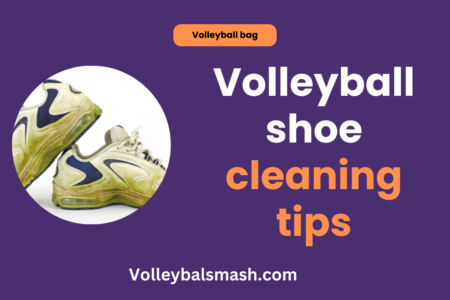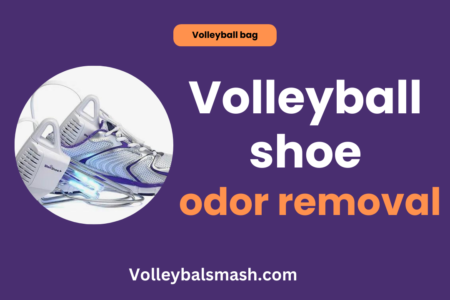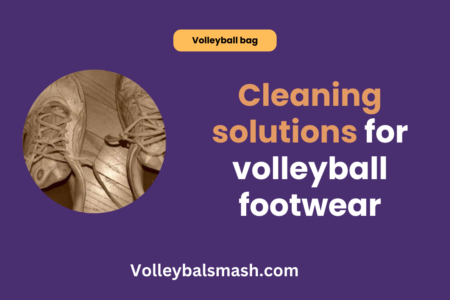Did you know that there are specific international standards that apply to volleyball courts to ensure the safety and fairness of the game? Understanding and adhering to these standards is crucial for anyone involved in the design, construction, or maintenance of a volleyball court. In this blog post, we will discuss the most important international standards that apply to volleyball courts, and the dangers of not meeting these standards.

FIVB Regulations
Any official volleyball court must comply with the rules and regulations set by the International Volleyball Federation (FIVB). These regulations are designed to ensure that volleyball courts meet the necessary standards for fair play and player safety. Familiarizing yourself with the FIVB regulations will help you understand the requirements for constructing and maintaining a volleyball court that meets international standards.
Court Dimensions and Markings
When it comes to court dimensions and markings, the FIVB regulations are very specific. The standard indoor volleyball court measures 18 meters long and 9 meters wide, with a minimum clear space of 7 meters in all directions around the playing area. The court is divided by a centerline and attack lines, and each half is further divided into two equal 9×9-meter squares. This ensures that the court is properly sized and marked for competitive play. It is important to adhere to these measurements and markings to ensure the court is safe and suitable for official matches.
Net Height and Equipment
The net height and equipment used in volleyball also fall under the FIVB regulations. The net must be set at a height of 2.43 meters for men’s matches and 2.24 meters for women’s matches. The net’s antennas, used to mark the outer limit of the playing area, should not exceed 1.8 meters and must be firmly affixed to the net. Additionally, the volleyball itself should meet specific standards for material, weight, and circumference to ensure consistency in play. Adhering to these regulations is crucial for ensuring fair and safe play on the court. Incorrect net height or improperly secured antennas can lead to unfair advantage and safety hazards during gameplay.
Indoor Volleyball Court Specifications
If you are looking to find out the specific technical standards for indoor volleyball courts, you can refer to Volleyball Court Technical Specifications outlined by international governing bodies. These standards cover various aspects to ensure the court meets the requirements for competitive play. You can find detailed technical specifications for volleyball courts on this Volleyball Court Technical Specifications page.
Flooring Materials and Characteristics
The flooring of an indoor volleyball court is a critical component that directly affects the game. It is essential to use flooring materials that provide excellent traction and shock absorption, helping to prevent injuries and providing a consistent playing surface. The most common flooring materials used in volleyball courts include hardwood, synthetic sports flooring, and rubber. Hardwood flooring is preferred for professional-level courts due to its superior ball bounce and player movement. Synthetic sports flooring offers durability, shock absorption, and easy maintenance. Rubber flooring is an economical option with good shock absorption properties. Regardless of the material used, it is essential to ensure the flooring has the appropriate level of shock absorption and friction to support safe and high-performance play.
Lighting and Environmental Conditions
Proper lighting and environmental conditions are crucial for indoor volleyball courts. Adequate lighting is essential to ensure visibility of the ball and players, minimizing the risk of accidents or injuries. Additionally, it is important to control environmental factors such as temperature and humidity to create a comfortable and safe playing environment. Poor lighting can affect the accuracy of play and increase the risk of injury, while unfavorable environmental conditions can lead to discomfort and reduced performance. Therefore, it is important to ensure that the lighting system meets the illumination requirements, and the environmental conditions are maintained within the recommended parameters. By following these standards, you can ensure that the indoor volleyball court meets the necessary technical specifications for safe and high-quality play. It is crucial to pay attention to details such as flooring materials, lighting, and environmental conditions to create an optimal playing environment for you and your fellow volleyball enthusiasts.
Beach Volleyball Court Standards
However, when it comes to beach volleyball, the standards differ from indoor volleyball courts. The layout and specifications for beach volleyball courts are outlined by the International Volleyball Federation (FIVB) and cover everything from sand quality to boundary dimensions.
Sand Quality and Depth Requirements
When setting up a beach volleyball court, the quality and depth of the sand are crucial to ensuring a safe and high-quality playing surface. The FIVB specifies that the sand should be of a certain granularity and should have a depth of at least 40 centimeters to provide proper cushioning and stability for players. This ensures that you can move and jump comfortably without the risk of injury from hard ground impact.
Boundary and Free Zone Specifications
In addition to sand quality, the boundary and free zone specifications for a beach volleyball court are also important. The FIVB mandates that the court dimensions should measure 16 meters long by 8 meters wide, with a free zone of at least 5 meters surrounding the court. This ensures that you have ample space to move around and prevents any potential collisions or injuries with obstacles outside the court boundaries.
Maintenance and Safety Guidelines
Your volleyball court, whether indoor or outdoor, requires regular maintenance and safety checks to ensure the playing surface is in top condition and safe for use. It is important to adhere to international standards for maintenance and safety to prevent accidents and injury.
For information on how to build a beach volleyball court, you can refer to the How To Build a Beach Court guide provided by USA Volleyball.
Regular Inspection Protocols
Regular inspection of your volleyball court is essential to identify any potential hazards or issues that may affect the safety of players. It is recommended to conduct visual inspections of the court surface, net posts, boundary lines, and any surrounding structures on a weekly basis. Look for signs of wear and tear, such as loose or damaged netting, uneven playing surface, or deteriorating boundary lines. Any issues should be addressed immediately to prevent accidents and maintain a safe playing environment.
Updates to Standards and Compliance Measures
It is crucial to stay informed about any updates to international standards and compliance measures for volleyball courts. Changes in regulations may affect the safety and usability of your court, so it is important to stay up-to-date with any revisions to standards. This may include updates to acceptable court dimensions, material specifications, or safety guidelines. Regularly check with relevant sports authorities or governing bodies to ensure that your volleyball court meets the latest standards and compliance measures.
Conclusion
Now that you understand the international standards that apply to volleyball courts, you can ensure that any court you use or operate is up to code. With knowledge of the safety requirements and dimensions set by organizations like FIVB and NCAA, you can confidently assess and maintain the quality of your volleyball court for players and spectators alike. By adhering to these standards, you contribute to the overall professionalism and safety of the sport, while also providing a consistent and fair playing field for all involved.
International Standards for Volleyball Courts
What international standards apply to volleyball courts?
The international standards that apply to volleyball courts are set by the International Volleyball Federation (FIVB). These standards cover various aspects such as court dimensions, net height, and playing surface materials. It is important for all volleyball facilities to adhere to these standards to ensure fair and safe gameplay.
What are the regulations for the dimensions of a volleyball court?
According to FIVB standards, a volleyball court’s playing area should measure 18m x 9m, with a clear space of at least 3m surrounding the court. The net should be positioned at the center of the court and should have a height of 2.43m for men’s play and 2.24m for women’s play.
Are there specific requirements for the playing surface of a volleyball court?
Yes, the FIVB requires that the playing surface of a volleyball court be made of a material that provides good traction and shock absorption, such as wood, synthetic flooring, or rubber. The surface should also be free of any irregularities or obstructions to ensure the safety of the players.



